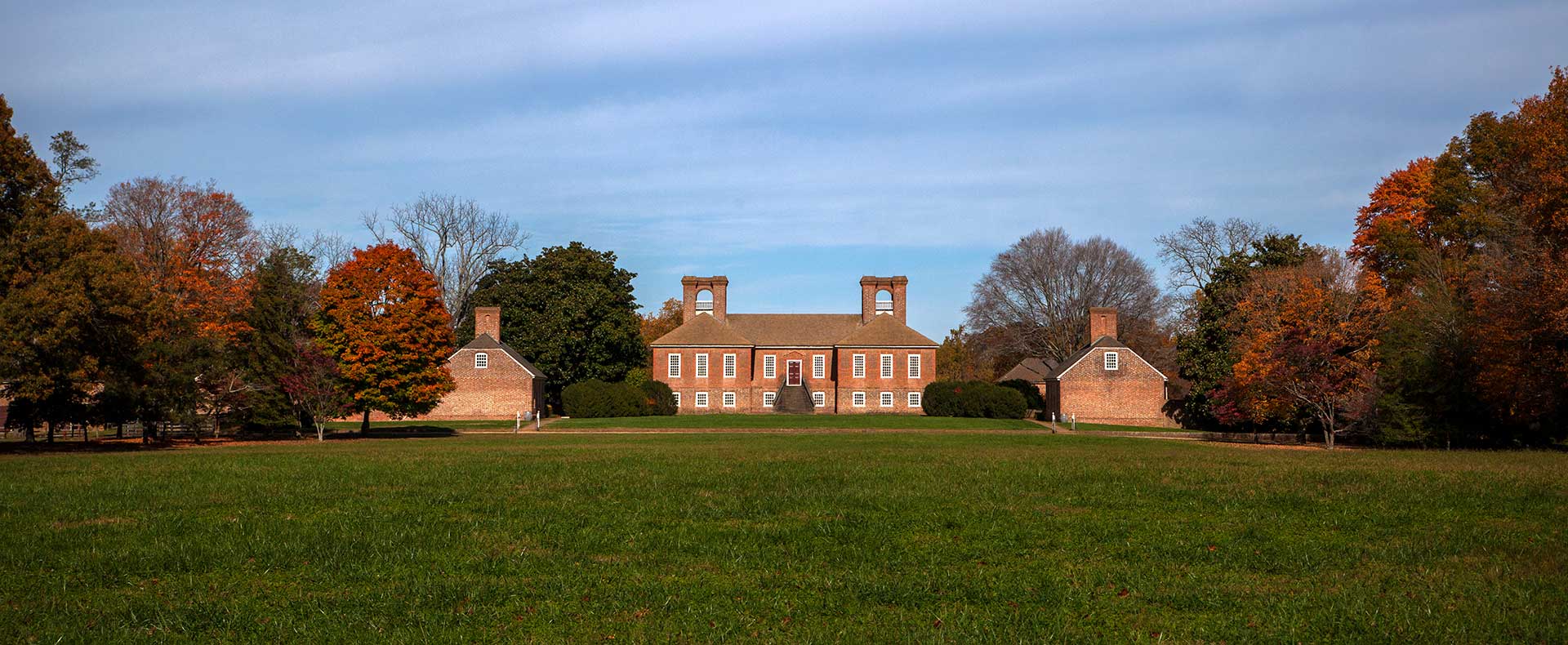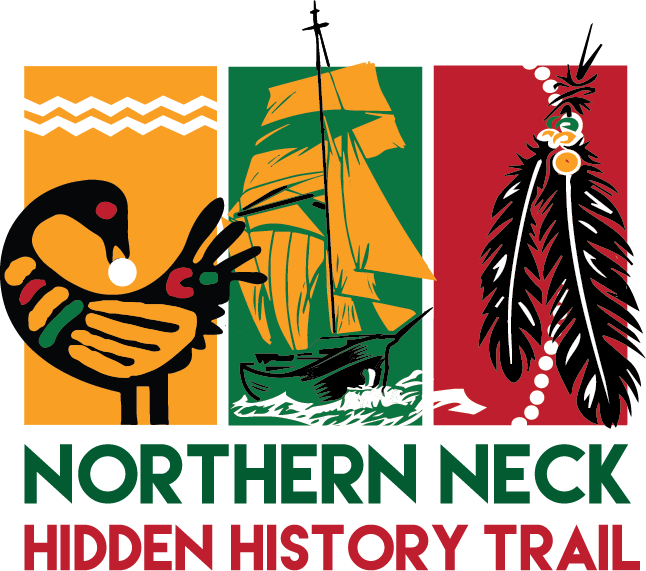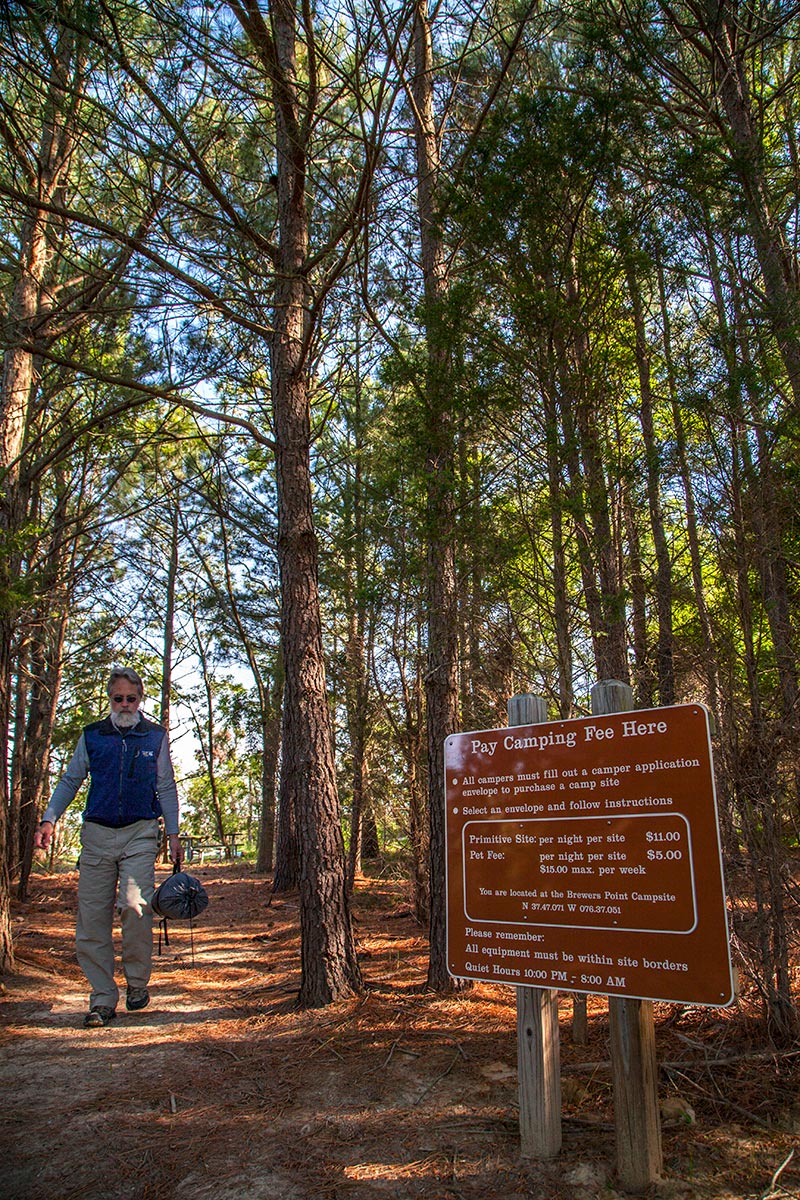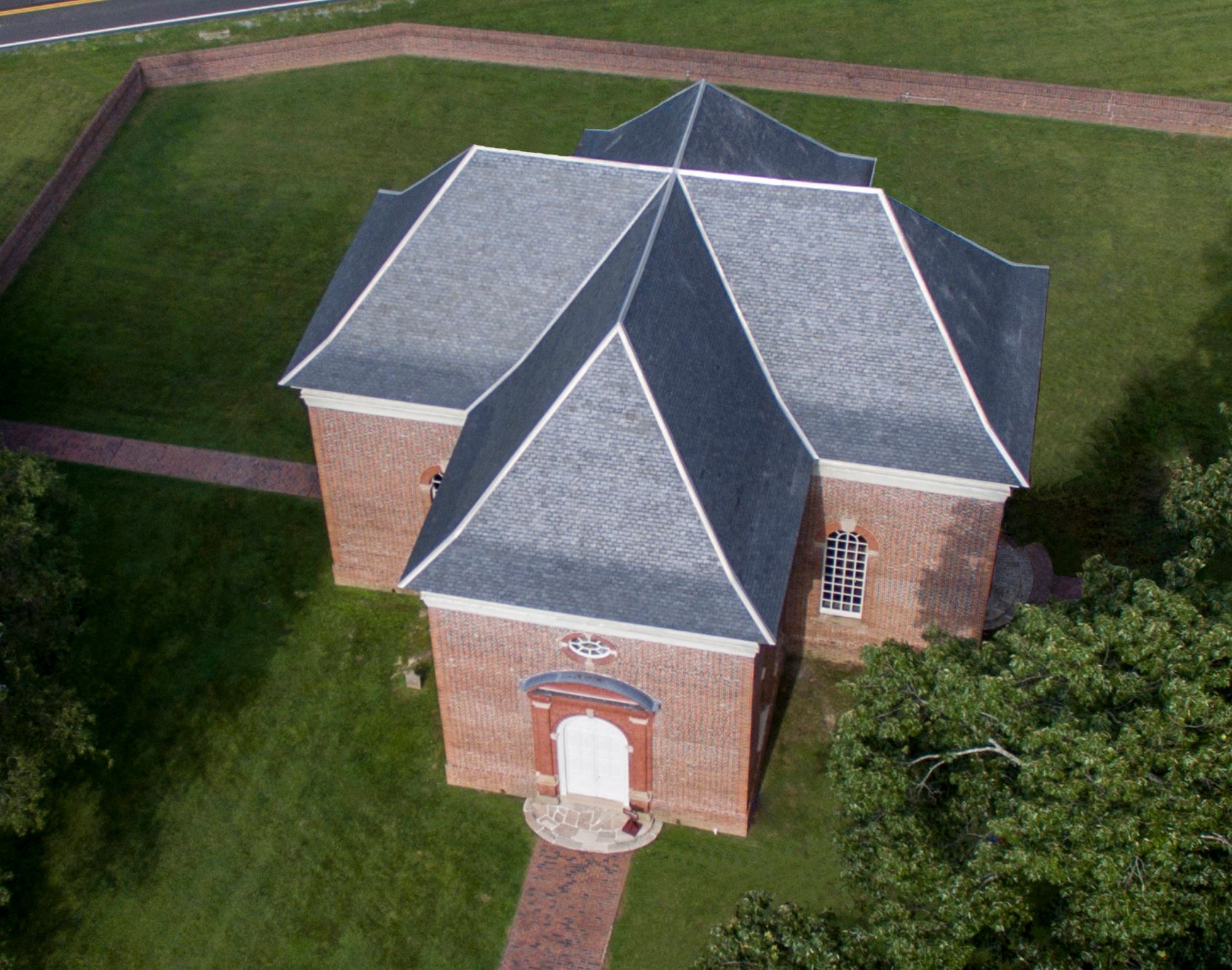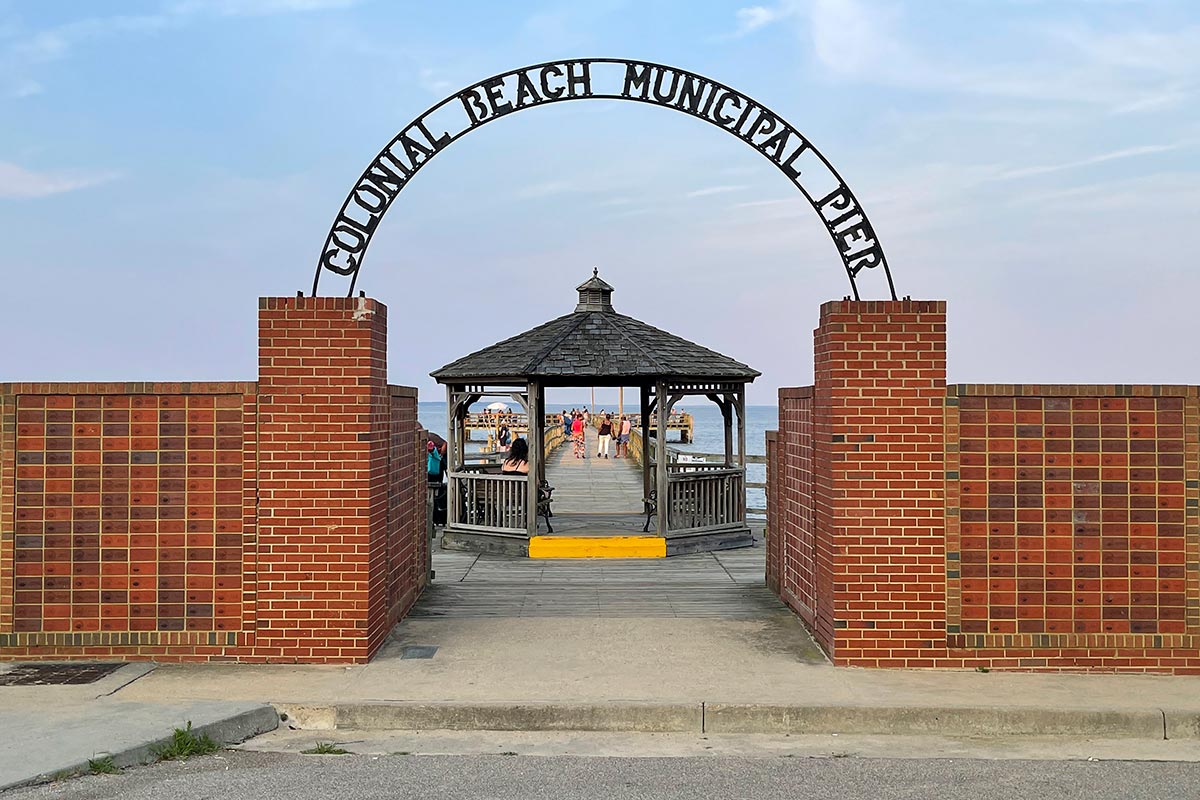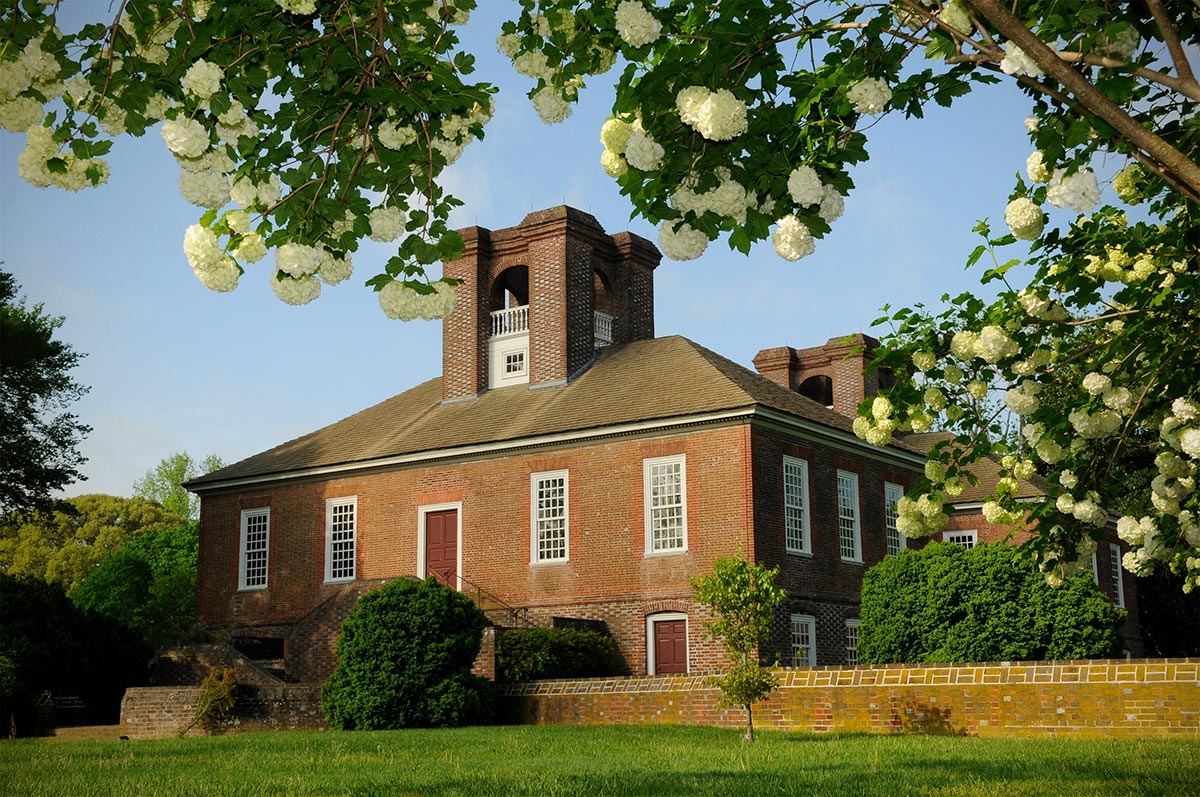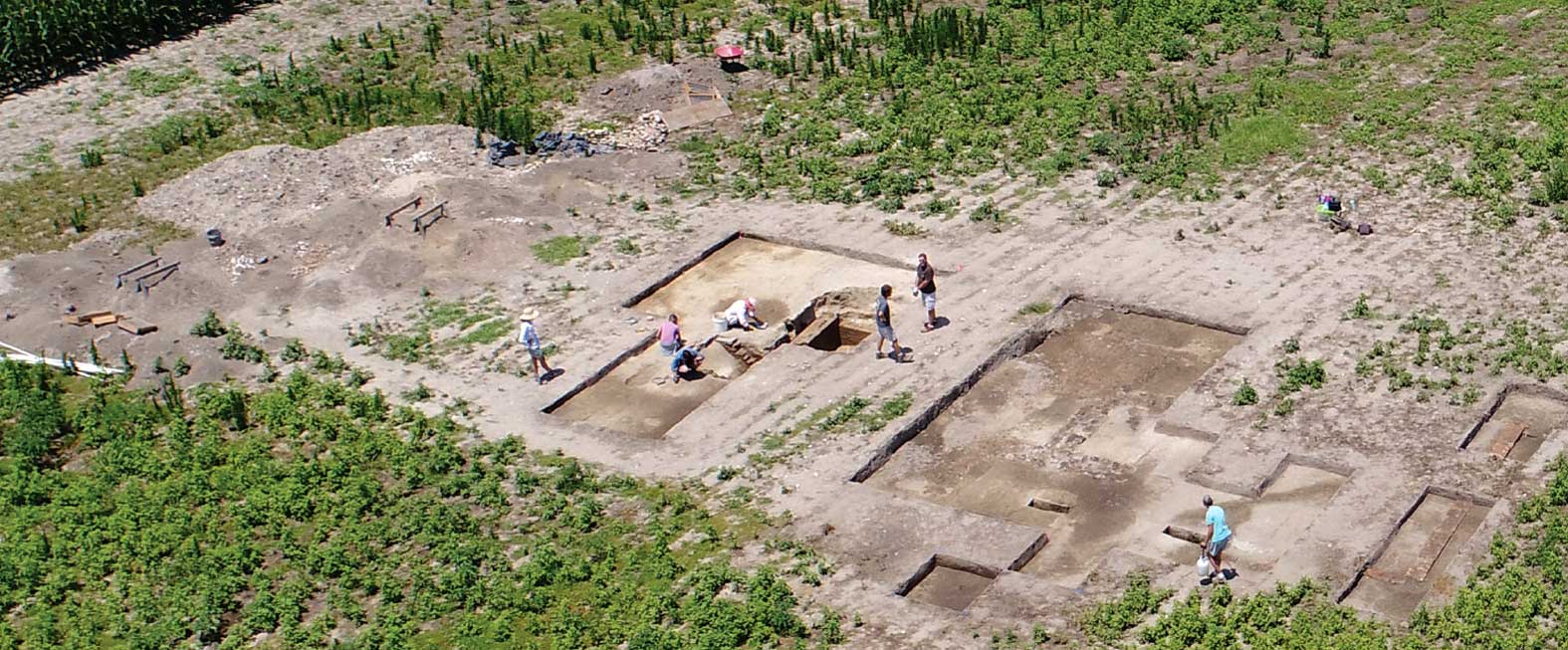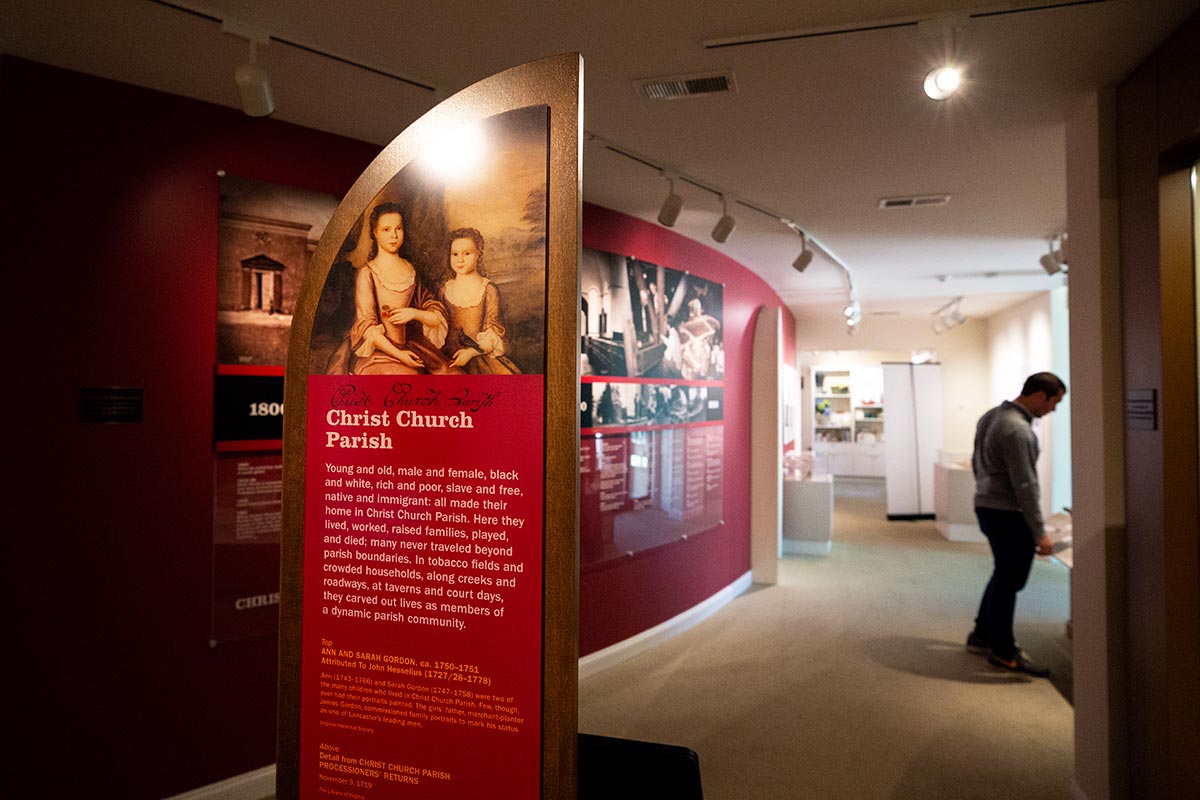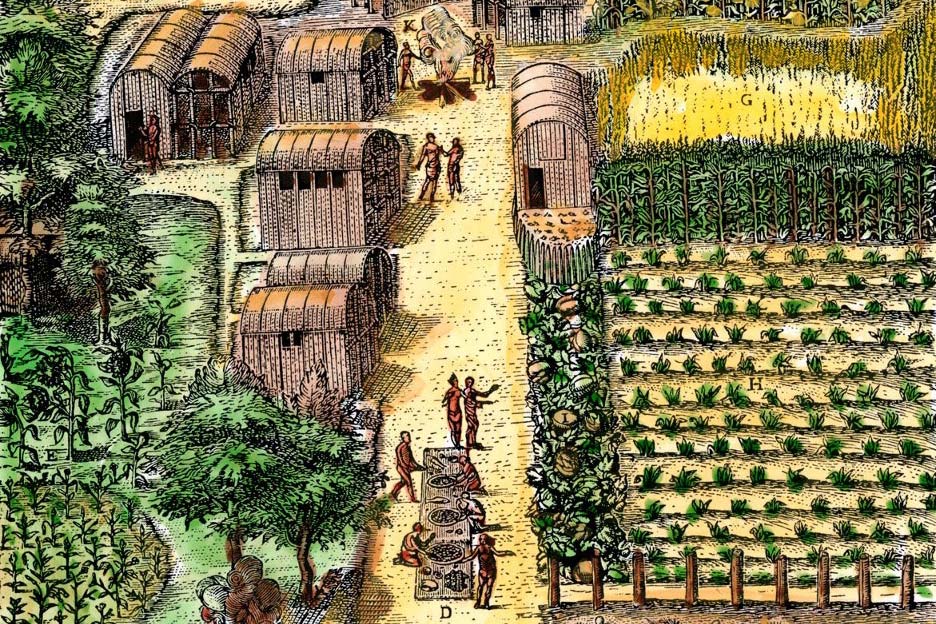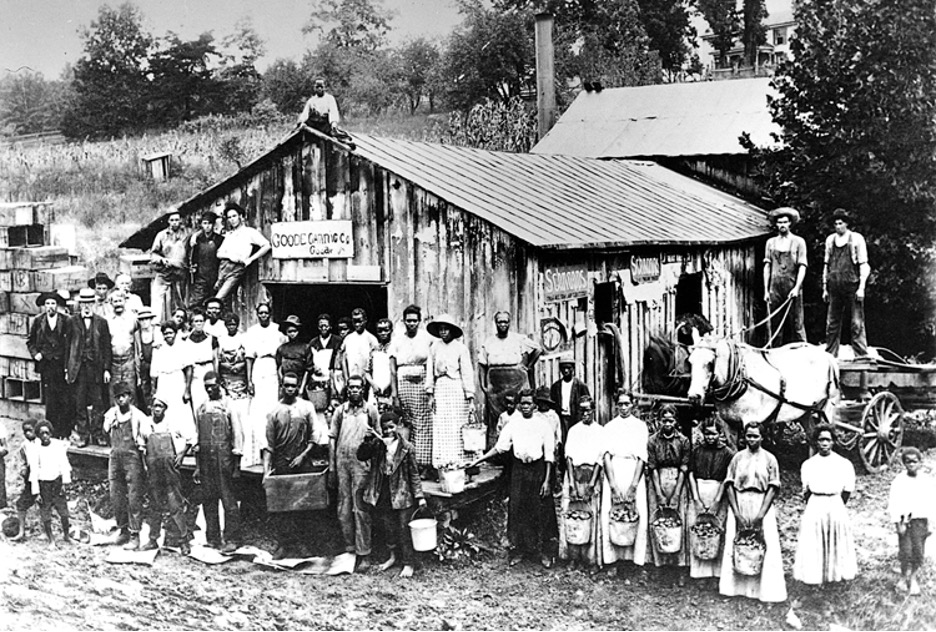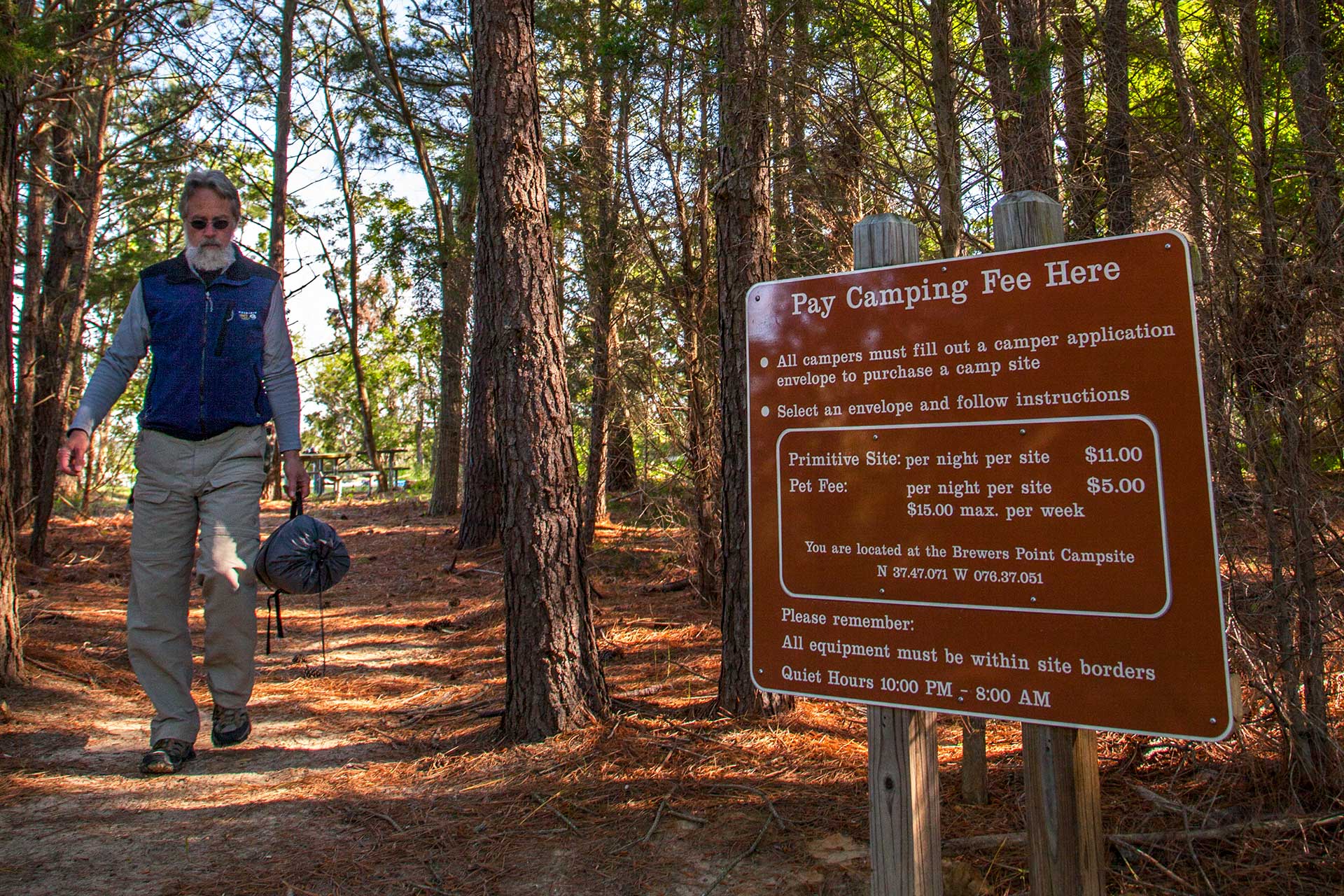
Mission
The Northern Neck Hidden History Trail will expand existing historical narratives with comprehensive presentations that reveal the impact and the significant contributions of all people to include collaborative efforts between cultures and communities.
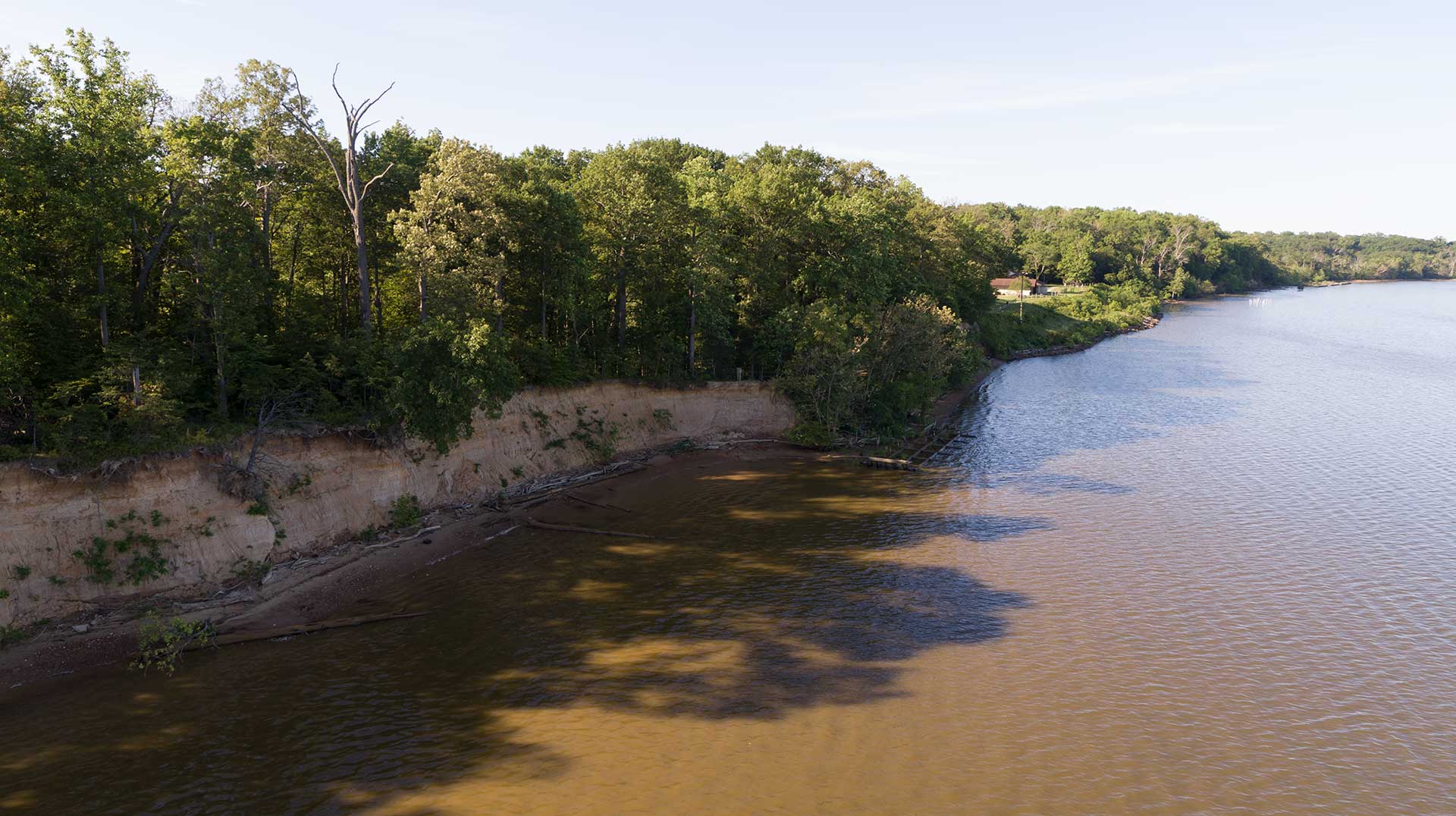
Origins
The Northern Neck Hidden History Trail was established by Dr. Evelyn Yvonne Treakle-Moore, Robert Jackson, and Alva Jackson, born out of a shared passion for preserving family history and a broader commitment to uncovering the region’s rich and diverse heritage. Two key moments sparked this initiative.
LEARN MORE
The first was the founders’ enduring dedication to researching and maintaining their own family’s historical narratives. The second was a transformative 2018 trip to Cape Cod and Martha’s Vineyard. During this visit, Dr. Treakle-Moore and her cousin, Alva Jackson, participated in an African American historical tour that brought to life stories of significance, including a visit to the home of former Senator Edward Brooke. This experience inspired them to reflect on the Northern Neck’s equally compelling cultural legacy, rooted in African American, Native American, and European histories. They envisioned a similar initiative that would weave together these threads into a comprehensive historical trail for their own region.
At the same time, Rev. Dr. Linwood Blizzard was organizing bus tours showcasing African American historical sites during Macedonia Baptist Church’s Homecoming celebrations. These efforts highlighted the untapped potential for the Northern Neck to become a destination for historical exploration and education.
The name “Hidden History Trail” reflects the trail’s purpose: to unearth the stories that have long been overlooked or passed down quietly through generations. It also draws attention to the history that exists in plain sight, waiting to be recognized, honored, and shared.
With its mission to “Illuminate Shared Legacy and Ignite Brighter Futures,” the Northern Neck Hidden History Trail seeks to deepen understanding, inspire pride, and foster a greater appreciation for the cultural mosaic that defines the region.
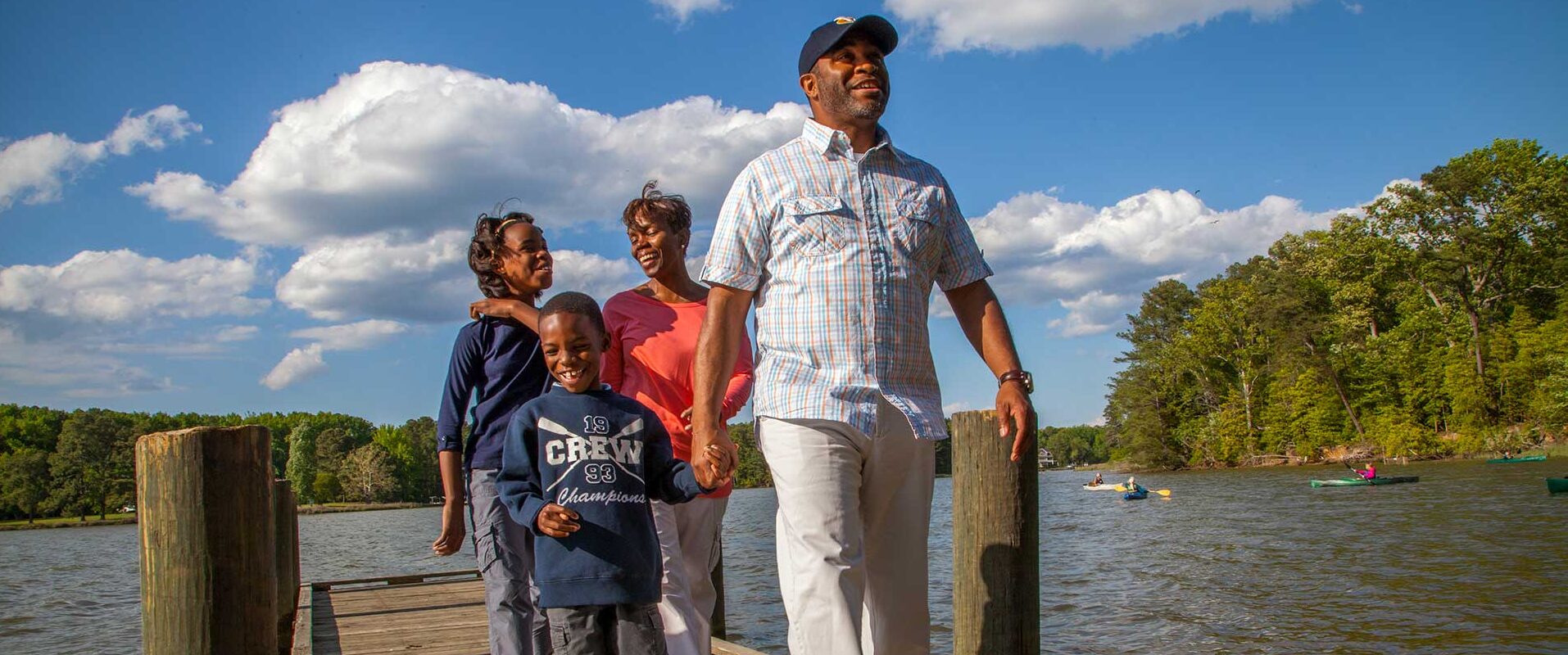
What’s Next?
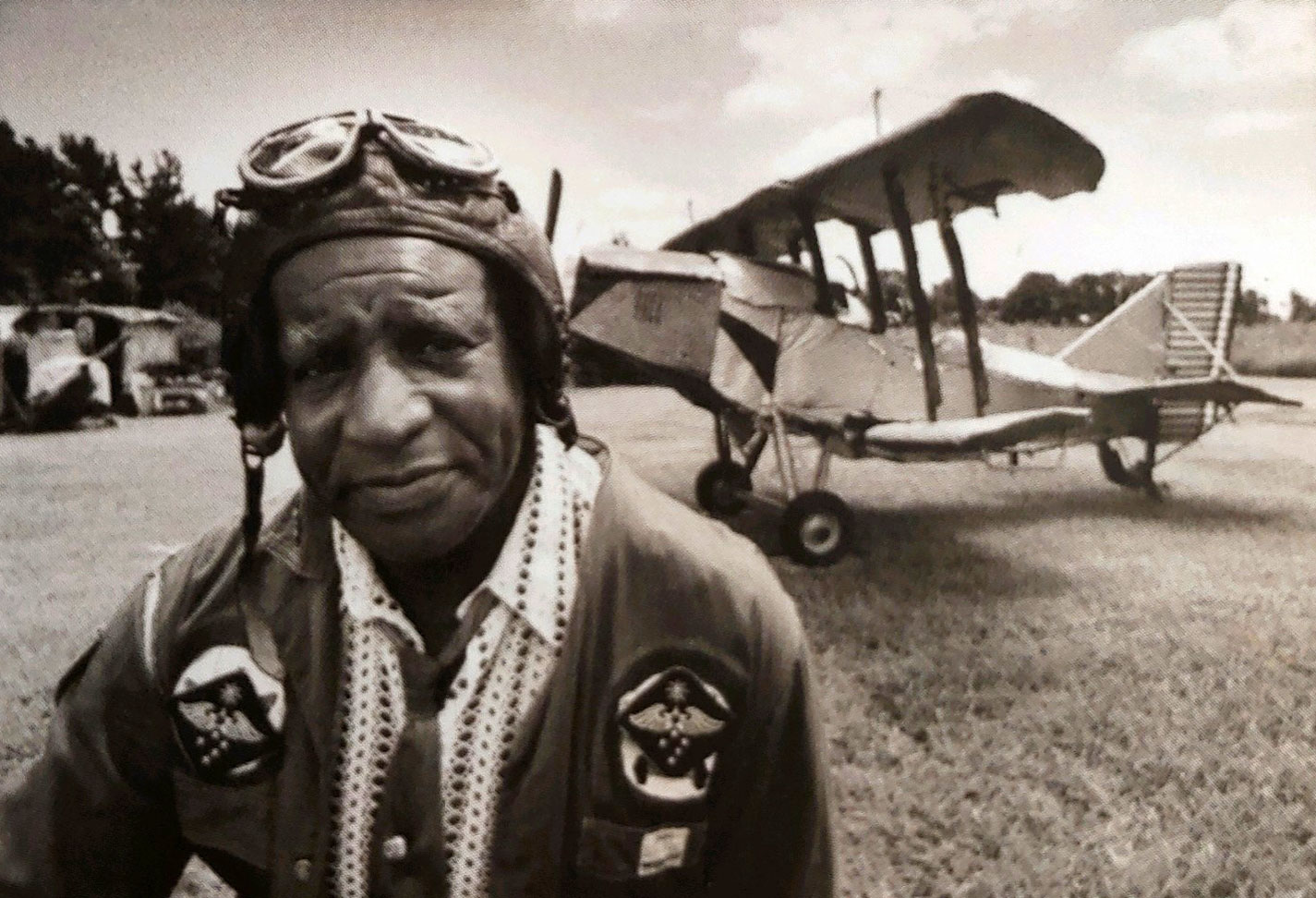
The Story of Our Logo
The Northern Neck Hidden History Trail logo captures the region’s intertwined histories and rich cultural heritage through three powerful symbols.
- The Sankofa, a West African symbol meaning “to go back and fetch it,” honors the resilience of African American communities and the importance of preserving their stories.
- The Ship represents the transatlantic slave trade and the arrival of European settlers, reflecting the complex history of migration, commerce, and colonization.
- The Feather pays tribute to the Indigenous peoples, many of whom still reside here and are the original inhabitants of the land, symbolizing their deep connection to it and lasting legacy.
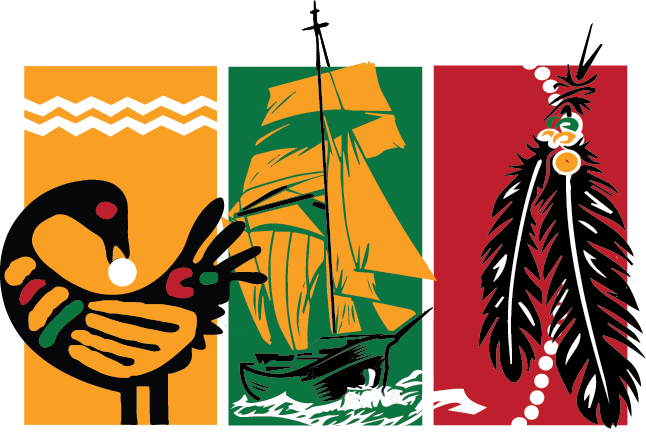
Together, these symbols tell a story of resilience and remembrance, inviting exploration of the Northern Neck’s diverse history.
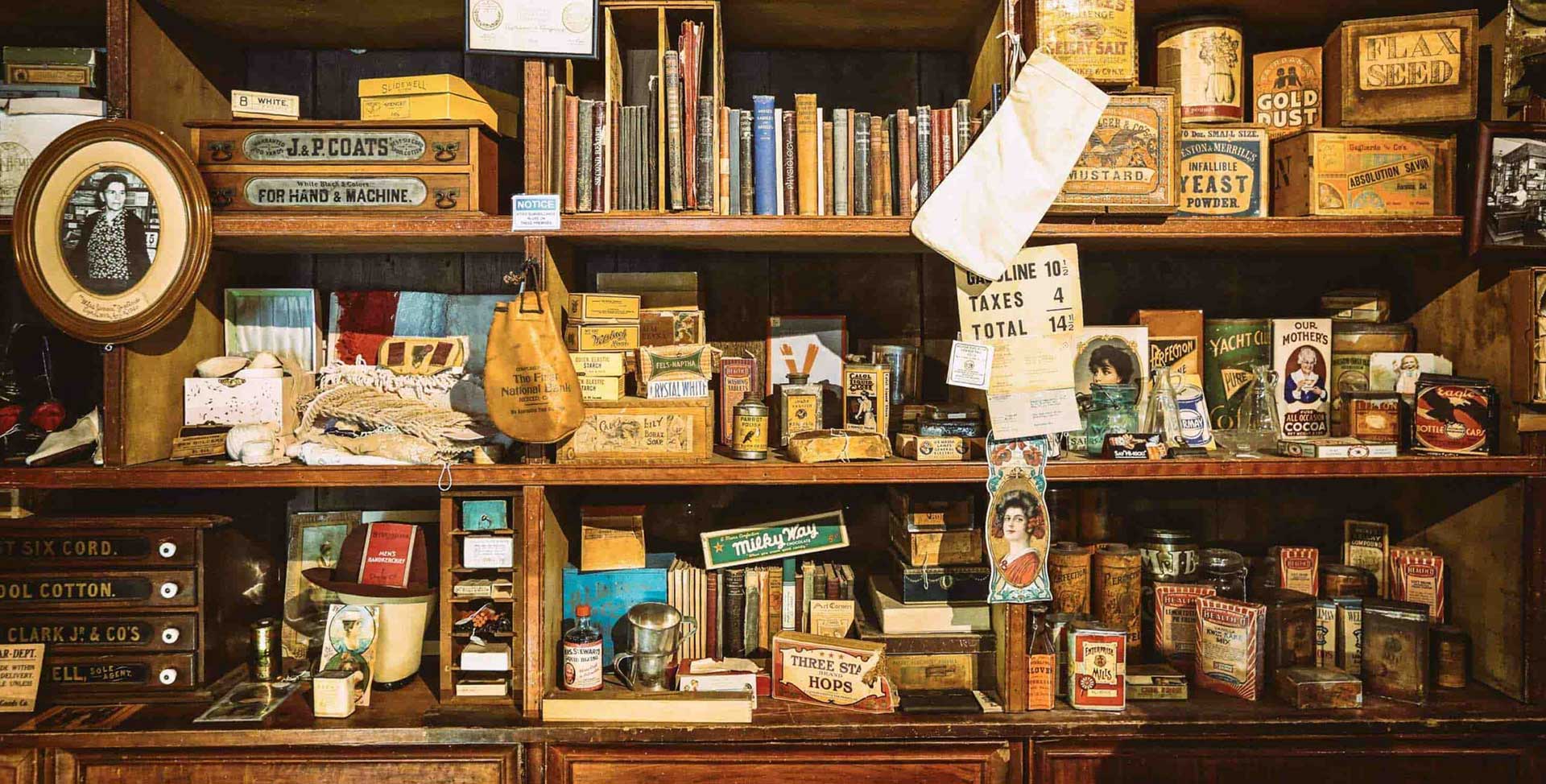
Founders

Dr. Evelyn Yvonne Treakle-Moore

Robert Jackson

Alva Jackson
Board of Directors
Robert Jackson
President
Sequoyah Fortune
Secretary
Dr. Evelyn Yvonne Treakle-Moore
V. President/Treasurer
Alva Jackson
Executive Director
Rev. Charles Sydnor
Karen Sutton, PhD
Brad Hatch, PhD
Laurie Morrissett, Esq.
Keith Wise
Marian K. Veney Ashton
Garfield Parker
Percidia Alice Norris
